Despite being involved with the Red Cross since a kid, I did not know too much of its 150-year-long history before my Fulbright project. Of course I was familiar with the name Henry Dunant, the Swiss businessman known as the founder of the International Committee of the Red Cross in 1863, but that was about it. Learning more about the history of the organization and how it intertwines with world politics has been fascinating.
When I started to read more about the Red Cross history, I soon realized that strong women played key roles in the early days of the organization. Even Henry Dunant himself commented that “it is to an English woman that all the honour of that Geneva Convention is due”, referring to Florence Nightingale. Nightingale’s heroic work during the Crimean War (1853-1856) to improve the care of sick and wounded soldiers was great inspiration for Dunant. Later, Nightingale initiated the foundation of the British Red Cross in 1870. In Finland, Countess Aline Armfelt was the driving force behind the foundation of the Finnish Red Cross (originally known as ‘the Association for the Treatment of the Wounded and Sick Soldiers’) in 1877.
The American Red Cross was founded in 1881 by Clara Barton (1821–1912). Based on the biographies, she sounds like quite a character: “a renaissance woman” who seemed to excel in anything she did, despite being very shy and living in a society where women were all but encouraged to work outside home. In her early professional life, Clara Barton first pioneered as a teacher, and then worked in the Patent Office, becoming one of the first women to gain employment in the federal government. During the Civil War, Barton risked her life to bring supplies and support to soldiers in the field, getting the nick name “Angel of the Battlefield”. At the time of founding the American Red Cross, she was already 60 years old and had a notable career behind her, but that did not stop her from leading the organization for 23 years, until the age of 83! Even after that she remained active and founded the National First Aid Society that later became part of the Red Cross.
Clara Barton was originally from Massachusetts. In 1855 she moved to DC for the first time due to her work in the Patent office, and since then she lived and worked on and off in the area. Hence here are several interesting sights commemorating her and her work. One of them is Clara Barton’s Missing Soldier’s Office on the 7th Street NW where Clara Barton lived and worked from 1861 to 1868. The site is currently undergoing restoration and hence closed to public, but the restoration should be finalized in spring, so I hope to be able to visit it still before my Fulbright year is over.
The last 15 years of her life Clara Barton spent in Glen Echo, Maryland. When I heard that her house can be visited year round, I planned a bike trip there right away. And what a memorable bike trip it was: I had never before biked in 17-18 m/s wind combined with a sub-zero temperature! But it was well worth it, as the guided tour in the house was pretty interesting. For example, I learned that Clara Barton’s favorite drink was milk – so she would have made a good Finn! I also learned that Clara Barton’s home served as an early headquarters of the American Red Cross. (My workplace, the current headquarters was finalized only in 1917.) Interestingly, also the volunteers lived on the site, mainly to save travel time. That made me think if I should propose a similar arrangement either to my boss or to the current president of the American Red Cross…
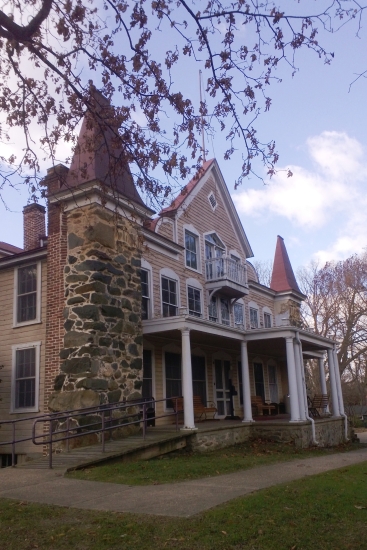 Clara Barton’s home in Glen Echo, Maryland
Clara Barton’s home in Glen Echo, Maryland
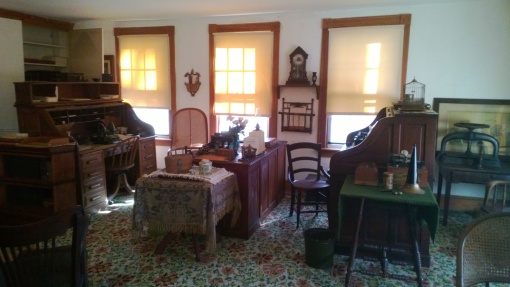 Volunteers’ office in Glen Echo in early 1900s
Volunteers’ office in Glen Echo in early 1900s
 A volunteer’s office in Downtown DC in 2013
A volunteer’s office in Downtown DC in 2013
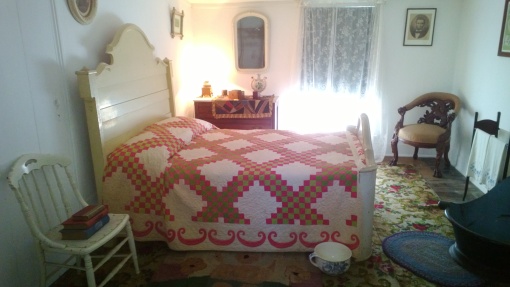 A volunteer’s bedroom in Glen Echo in early 1900s
A volunteer’s bedroom in Glen Echo in early 1900s
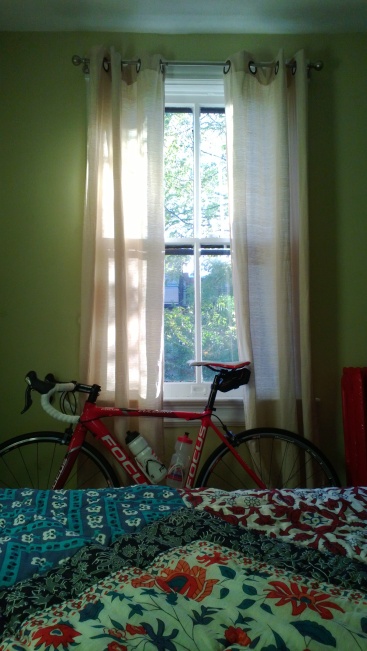
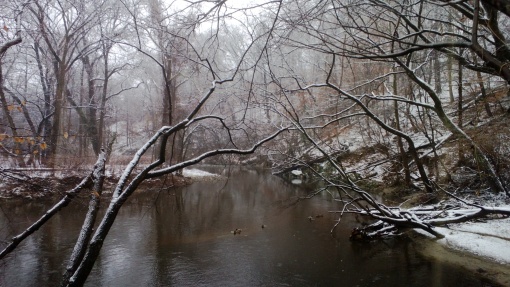
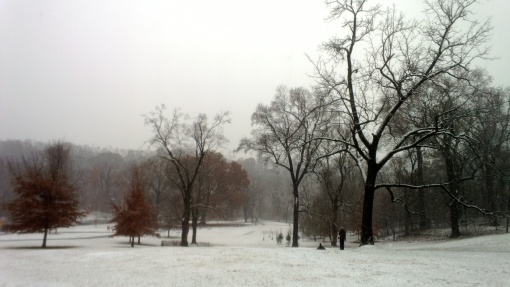
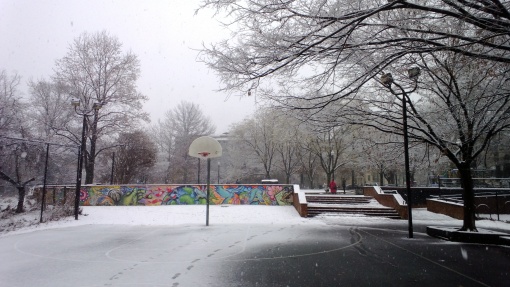

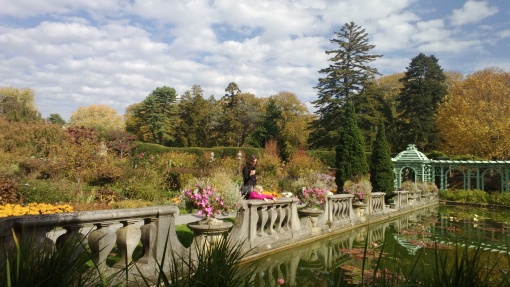
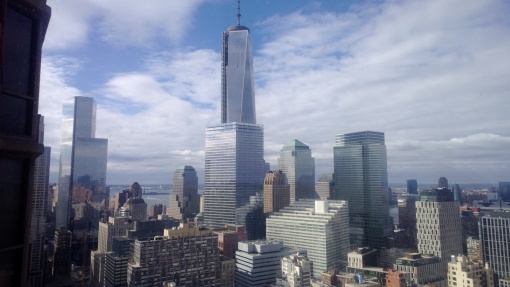
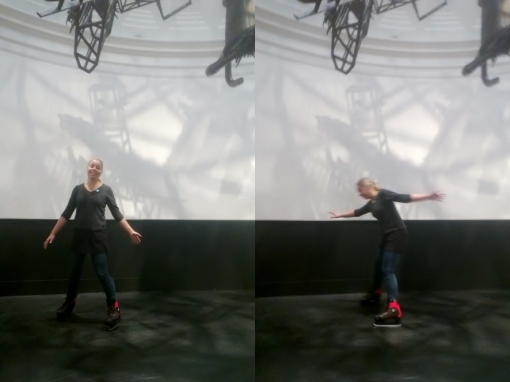
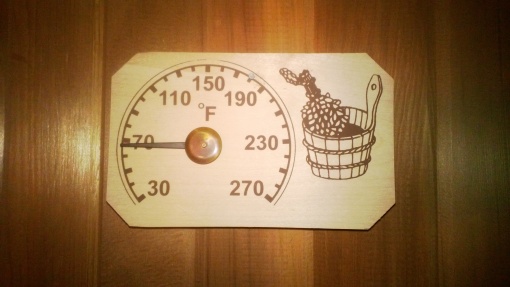
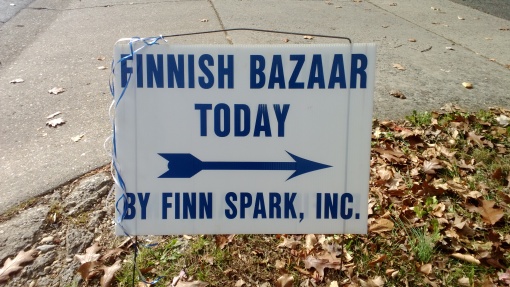
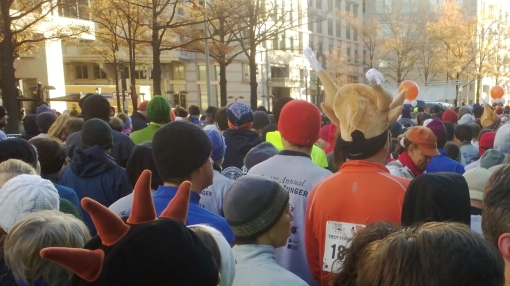
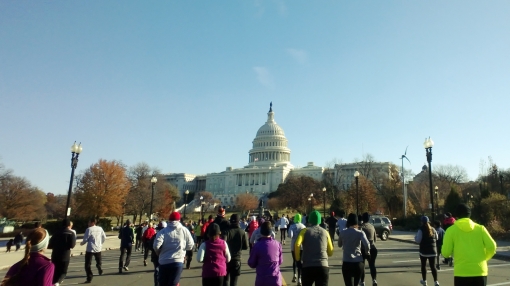
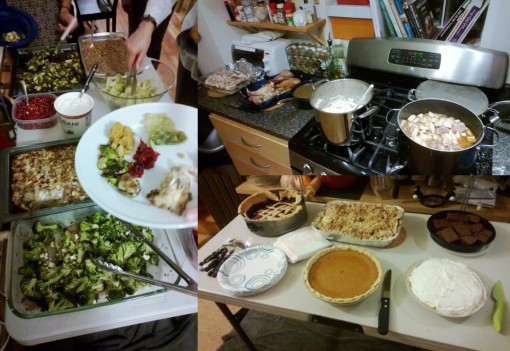
Recent Comments